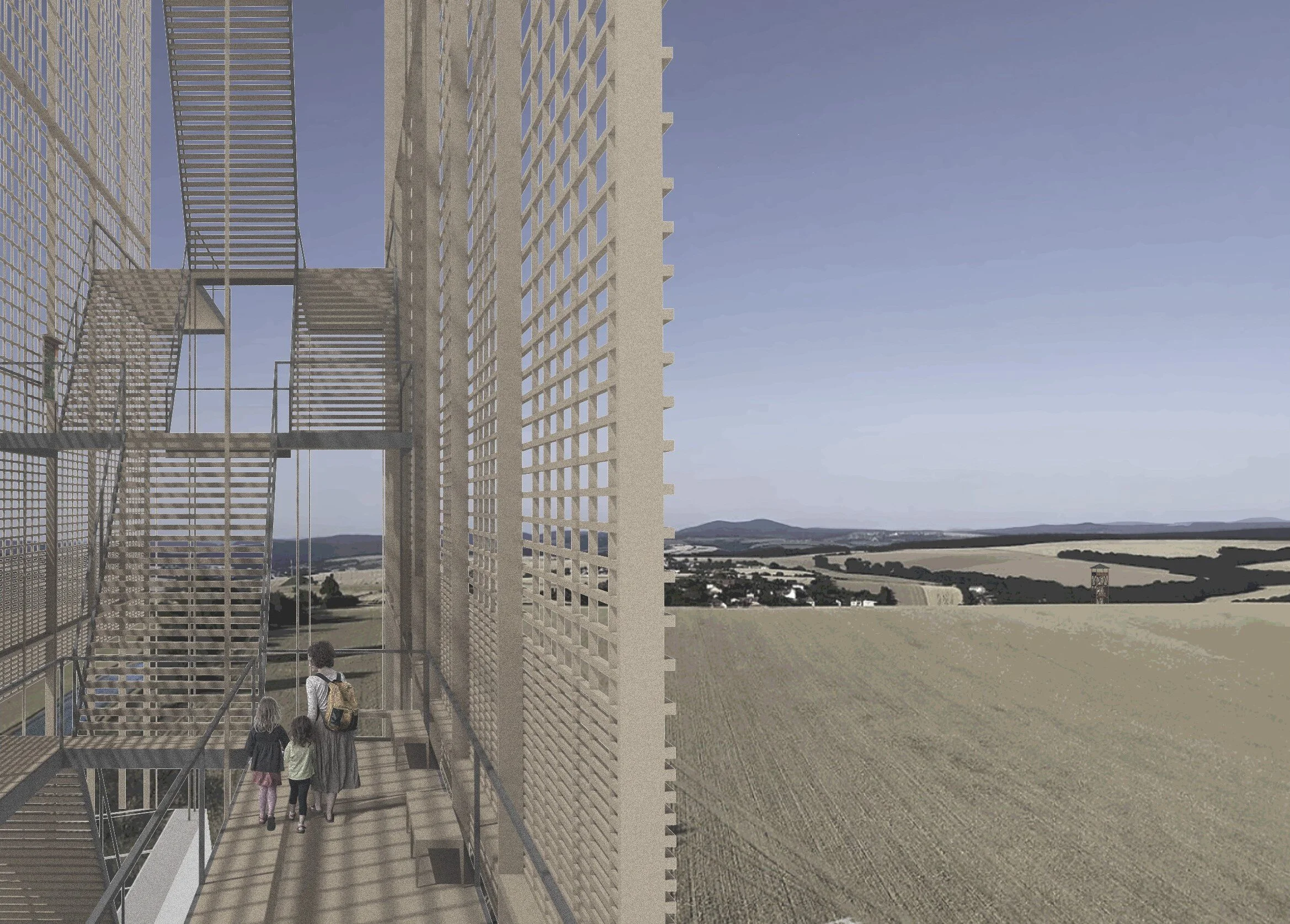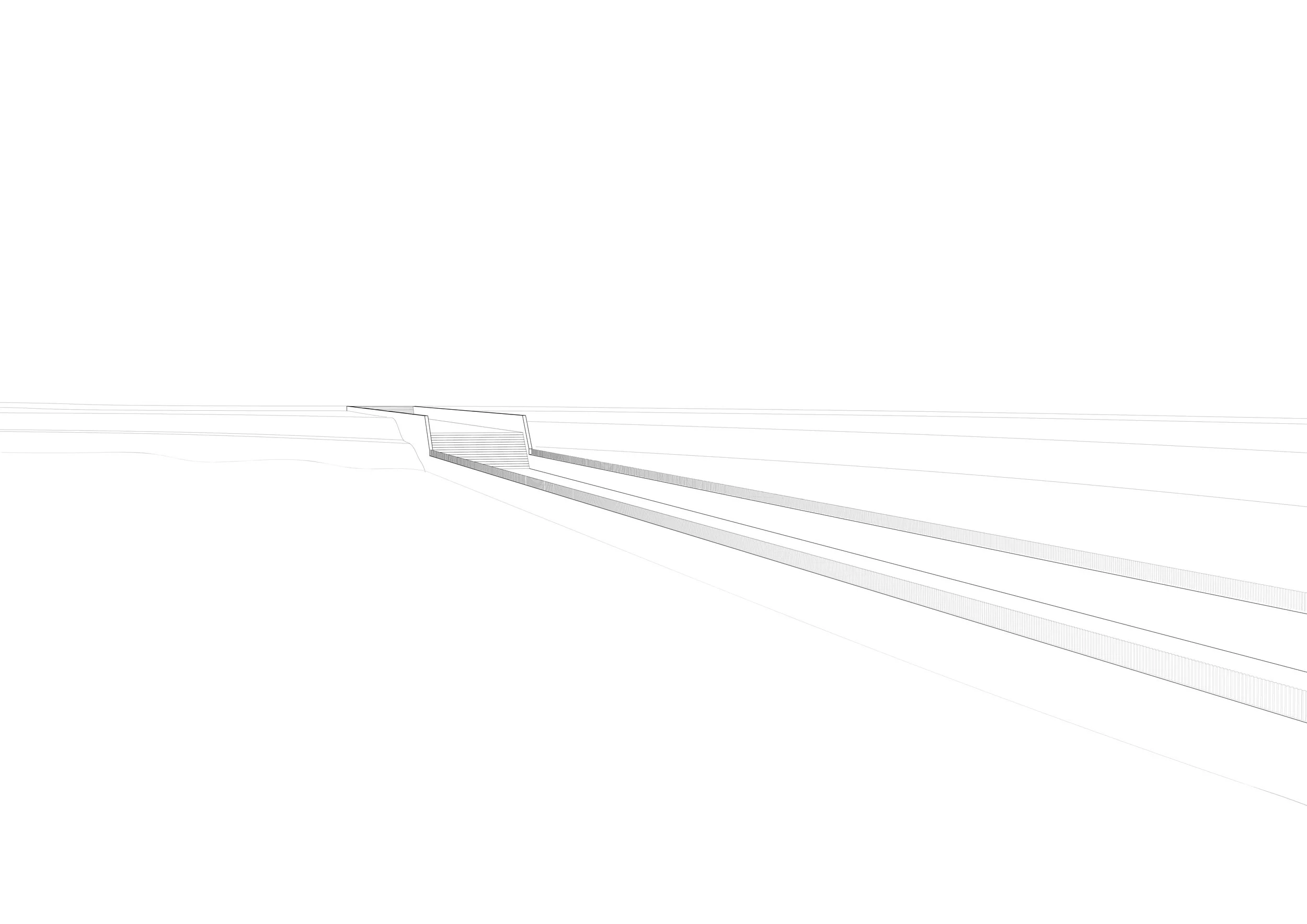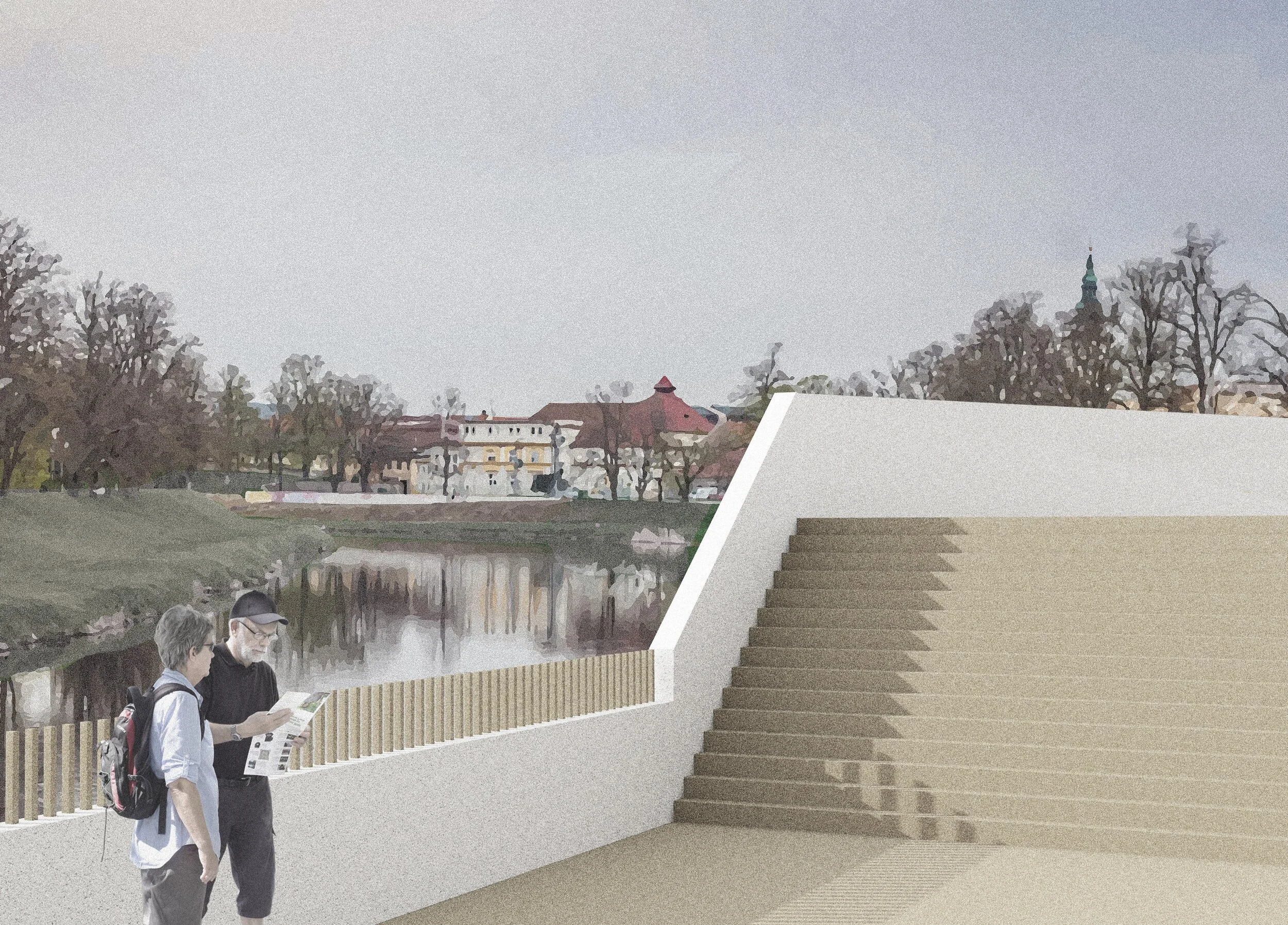
Migrating Ground.
Land as Palimpsest in Southern Moravia
The first serious intention to build a canal connecting the Danube, Oder and Elbe was announced in the Austro-Hungarian Waterway Act of 1901; an imperialist vision of technology, economy, and politics unifying the continent through waterways. In its history, five different ideologies attempted to legitimise the need for transnational integration, blending political agendas with the creation of infrastructural networks. While never completed, it was recently agreed on by the Czech Republic, Slovakia, and Poland.
While the construction of the canal will require seizure of large portions of land, the D-O-E will also bring with it a host of invisible changes. It will extend maritime and coastal laws into midland Europe, circumventing existing national and regional laws, and will transplant those foreign land use and maintenance regimes into an area with no maritime or riverine experience. This will visualise in the form of landscape manipulation through excavation and displacement of colossal amounts of fertile soil; transforming the appearance of land formations and contrasting what's understood as natural spatial articulation with the unfamiliar levelling out brought on by the infrastructure. The D-O-E will create a severe rupture to the social aspect of the landscape in the region of Southern Moravia, whose regional identity is intimately linked to the land. It forms an integral part of the region's rural culture and its tradition of walking the trails, expressed physically through an existing network of lookout towers, which help observe, experience, and preserve the social value of land.
In order to stop the construction of the canal and its detrimental consequences in their tracks, I propose to expand the network along the planned route of the DOE and to bring the battle to the buffer. The choice to engage with the land seized for the DOE's embankment before its construction is an act of resistance against a boundary designed to defend an infrastructure against a landscape it would navigate through. It is through the projected embankment that we can understand the rupture and the manipulation that the canal would bring - physically, jurisdictionally, and culturally. It is therefore on this land that the new nodes of the regional network of trails and towers are proposed as a device to oppose and counter the violent reshaping of the territory.










